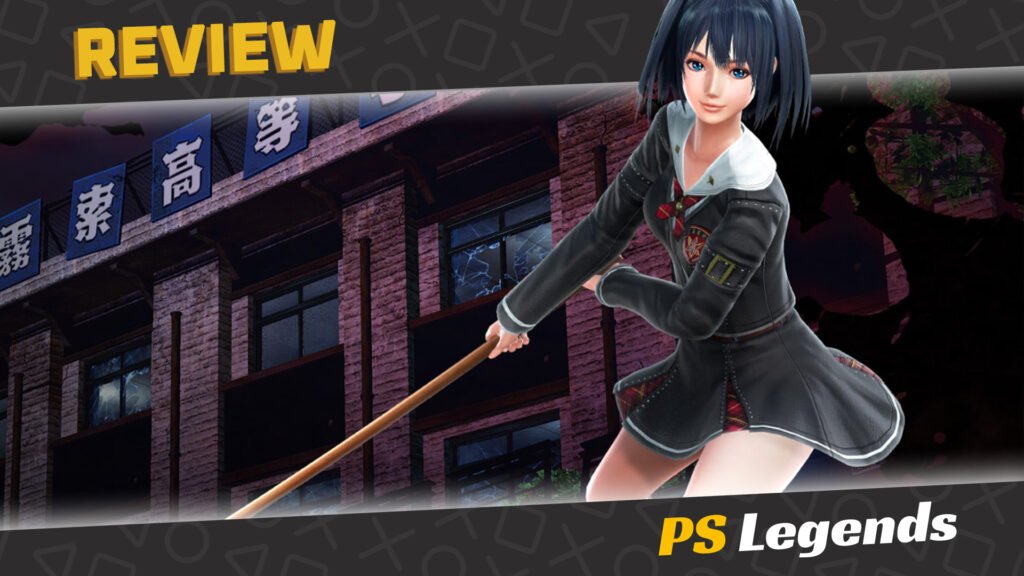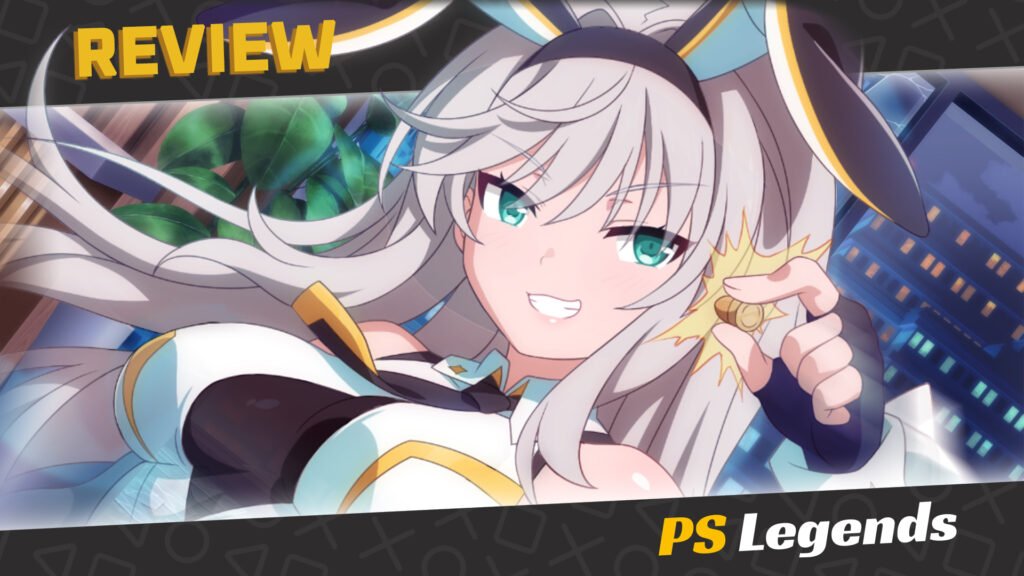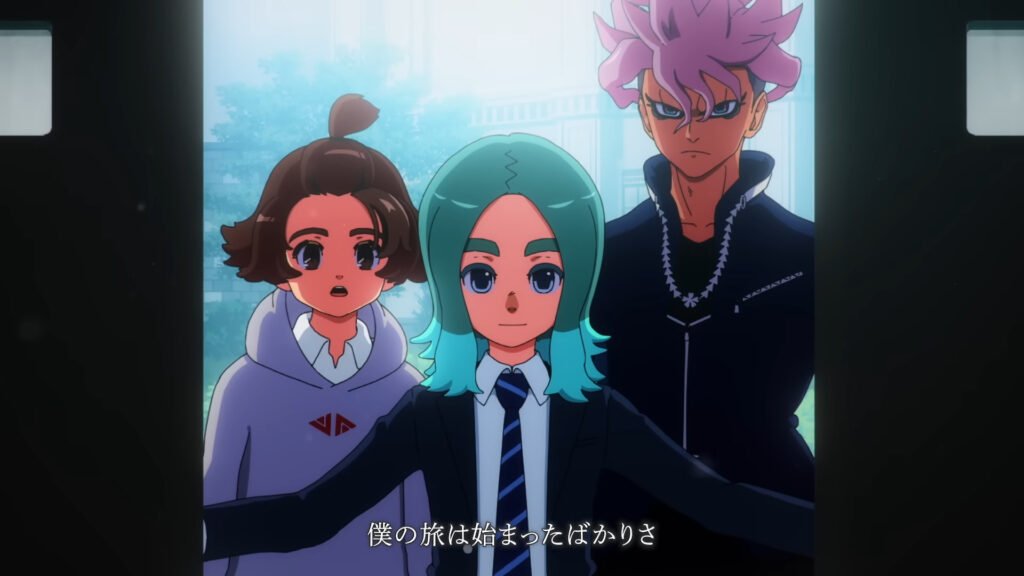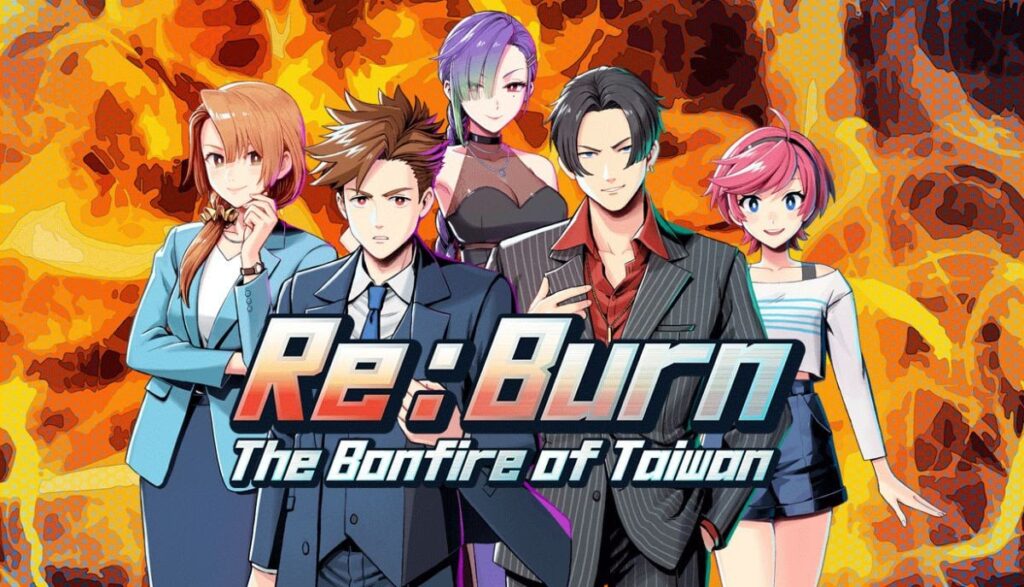Fan-service games have become an iconic staple in millennial gaming. It’s a sub-genre that tries ever so hard to saturate the market with a careful balance of haunting beauty and cheeky promiscuity, or at least it did. 2018 brought an undesirable set of new rules and regulations, tragically urging the sexy ladies of yesteryear to shut up and cover-up, and that’s not okay.
We already have a perfectly serviceable age-rating system in our games, keeping our purchases age-appropriate, and so censorship really is so terribly unnecessary; an unwanted restriction pushed by oppressive bureaucrats. Adult gamers will understandably want adult content in their games, yet apparently this is too much to ask.
We’ve never really seen console gaming break into the realms of erotica, and for the closest we can get, we’ll need to go back a few years; back to the prime of Leisure Suit Larry, Hyperdimension Neptunia, Senran Kagura, and of course, the legendary Onechanbara. Let’s get lewd again. You know you want to.
Introduction
SG/ZH: School Girl/Zombie Hunter is a third-person shooter game from D3 Publisher, developed by Tamsoft for the PlayStation 4. The game exists within the Onechanbara game series universe, and can be considered a canonical spin-off. Unlike the Onechanbara games, the game is set in a private high school institution which is attacked by zombies during one of the multiple outbreaks covered in the previous Onechanbara games.
As well as being an Onechanbara spin-off, School Girl/Zombie Hunter also pays homage to other media, such as American B-movie zombie films and teen ‘slasher-flicks’, as well as D3 Publisher’s similar shooter series, Bullet Girls, Capcom’s Resident Evil series, and Tamsoft’s own Senran Kagura series. The game was released worldwide throughout 2017, however Europe only received a digital release.
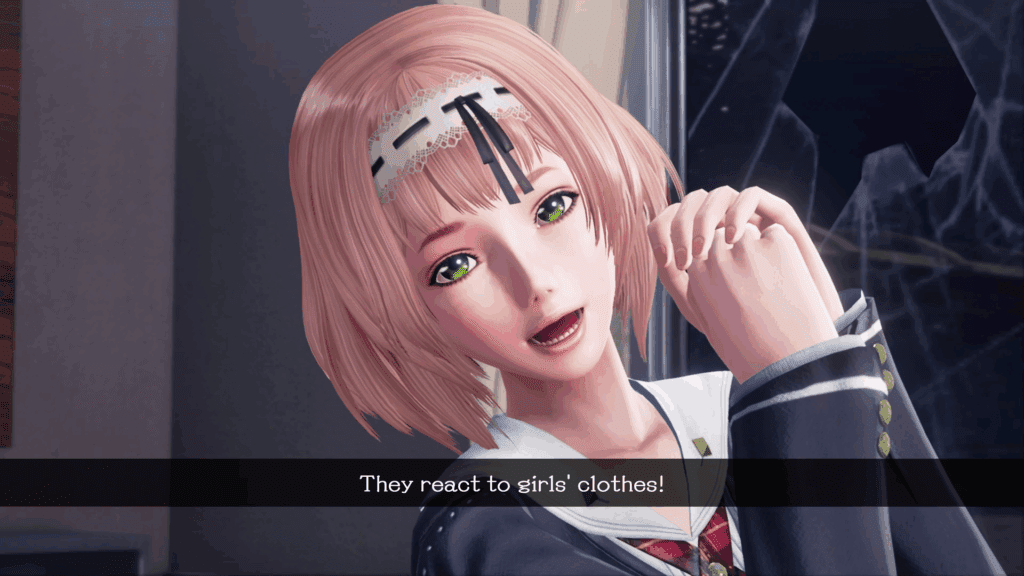
Story
During one of the zombie outbreaks featured in the Onechanbara games, the Kirisaku Japanese private school institute becomes the target of an aggressive zombie invasion. One of the zombies, an ominous hooded ghoul known as “Ren”, is seemingly sentient and holds command over the hoard. Under Ren’s direction, the school’s residents are quickly slaughtered and zombified.
Just five young girls manage to survive, as each is a member of the school’s gun club and capable of using a firearm. Joining forces against the zombies, Sayuri Akiba, Risa Kubota, Mayaya Himeji, Enami Kamijo, and Rei Kanazaki, send a distress signal to the Zombie Protection Force (ZPF) and fight for their lives over the next few days to survive long enough for ZPF field agent Anna (featured in Onechanbara) to arrive with a rescue team.
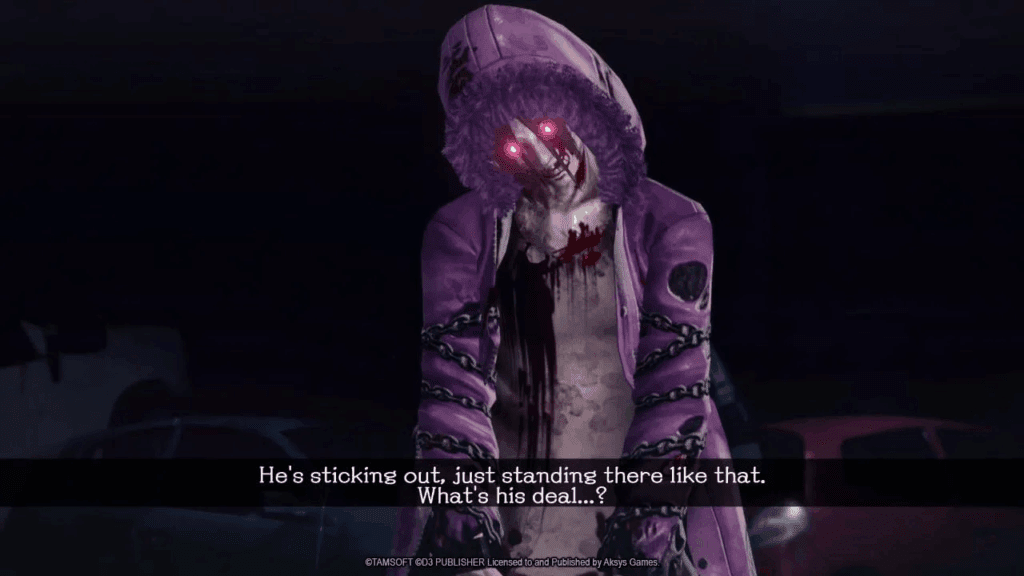
Gameplay
School Girl/Zombie Hunter is primarily a third-person shooter. ‘Campaign’ mode is our standard, single-player story mode. The game is divided up into fifty missions which are divided across five chapters. Not all missions are mandatory, with roughly six in ten per chapter being story missions and the other four being optional side-quests available to acquire bonus items and extra experience points. All missions feature story cutscenes both before and after the gameplay kicks in.
Each of the five playable characters has her own unique melee attack and will begin the game with a particular preferred weapon, however up to five weapons can be equipped in the menu screen to give all five girls access to a full arsenal of weapons. A near-endless selection of handguns, machine guns, assault rifles, sniper rifles, and shotguns are regularly available to find and equip, each with varying strengths and weaknesses.
Additional items can be used in battle to provide short-term assistance, such as grenades and trip-wires to provide explosive damage, health kits to recover HP, and AED kits to revive fallen allies. When the girls are in serious danger, they can remove and throw their costumes at enemies, once per stage, to temporarily distract male zombies for a limited time.
Every character has a standard set of moves available too which can massively help escaping ambushes when done correctly. Your character can sprint by holding the left trigger. The right bumper activates a swift dodge-roll, while the circle button allows you to jump. Jumps can be used to climb onto tables to gain a height advantage, or even hop over zombies. The cross button will assist with your aiming, allowing a weapon-specific zoom function.

Graphics/Sound
There are some unusual pros and cons with the visuals. Noteworthy effort has been made with character body animations and costumes, with intricate visible clothing tearing occurring when attacked, and lets not forget the surprisingly detailed underwear. Attention to detail seems to stop once we reach the neckline though, with character faces being expressionless, untextured, and doll-like. The lip-synching attempts also lack effort and accuracy.
While we’ll be revisiting some areas of the school several times throughout the story, the game works hard to open alternative routes with each revisit to expand our perception of the environments. There is a lot of variety available in this one location, as we’ll be exploring every nook and cranny of the school, from its once-homely, ransacked classrooms and wide-open sports fields, to secret underground tunnels.
Despite being developed and released after Onechanbara Z2: Chaos, School Girl/Zombie Hunter does not feature either English voice acting or Z2’s quirky bilingual voice acting option. The music isn’t anything to write home about either. We’ve got another catchy Onechanbara Z2-style synthesised-rock J-Pop intro, which is fun, but the in-game tracks are often drowned out by that solid yet all-Japanese voice acting, gunshots, and zombie moans, making the music little more than background noise.
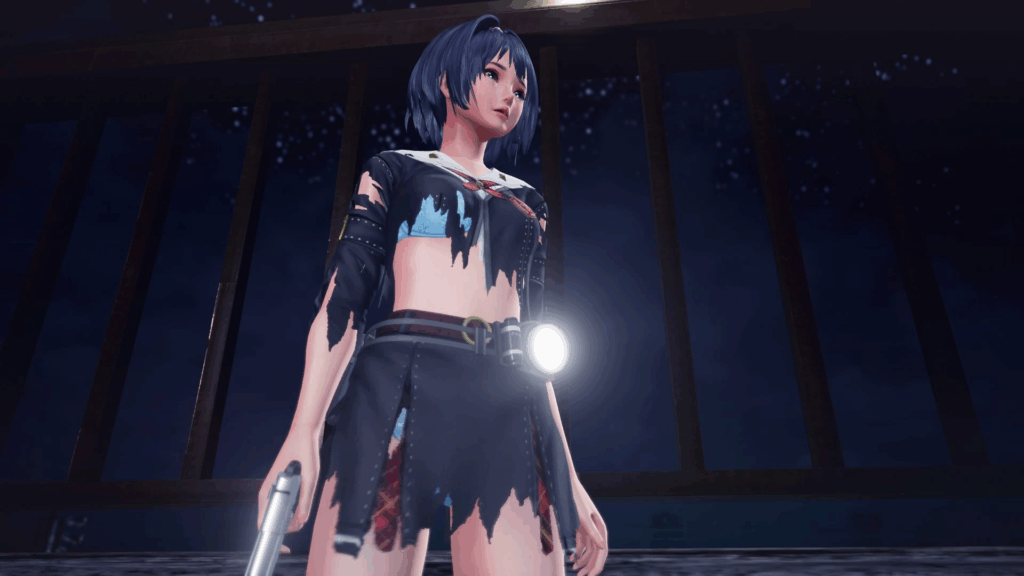
Characters and Controversies
There will undoubtedly be those who take offence to the gratuitous fan-service on show here combined with the young age of the cast. These are high school girls after all, yet the game wastes no time in proving this quintet are capable young women. The game proudly gives the finger to any and all who disapprove of the no-nonsense fan-service subgenre, discreetly releasing the game just before the content reforms kicked in.
It should be noted that the girls will never actually strip fully nude, though they could probably pull this off with the narrative explanation. Instead, the girls will remove their outer costumes in one swift manoeuvre, finishing the remainder of the stage in their underwear. Underwear can be swapped out too for additional styles you’ll find throughout the game, whereas spending a few pennies on the DLC packs available grants some very, very revealing alternatives.
If you’re pro body-confidence and anti body-shaming, then games like School Girl/Zombie Hunter can genuinely feel rather empowering, and worthy of respect. Japan isn’t the same place it was five or ten years ago, and so games like SG/ZH, Onechanbara, and Senran Kagura feel like tributes to a cheerier, more playful, and considerably more liberal time.

Conclusion
As easy as it is to get sucked into the game’s fusionist themes which feel like a black comedy at times, combined with the cheeky fan-service which genre connoisseurs will respect and appreciate, this is a game first and foremost, rather than a piece of progressive art. The gameplay itself tests the player’s abilities by placing literal barriers in our way, sometimes mystical walls to navigate around, and other times a menacing wave of zombies blocking our path.
How this is delivered to the player, is a steep and ever-rising difficulty curve that even the game’s ‘normal’ difficulty offers no workaround for. The first chapter is simple enough, allowing the player to gun down adversaries casually while making their way to objectives, while chapter two raises the challenge with constantly respawning enemies blocking our only way forward. Combined with chapter three’s labyrinthine level designs, this can quickly bring our progress to an unwelcome stop.
You’ll discover strategies which work well in certain early levels, such as sniping enemies from a safe distance, or simply avoiding combat and sprinting to the exit. Raising the challenge of later levels by simply increasing the number of enemies feels like a lazy, and rather broken method of upping the difficulty, since sooner or later we won’t be able to clear the enemy threat quick enough to progress and find ourselves massively outnumbered. Despite a promising start, SG/ZH: School Girl/Zombie Hunter is pretty much unplayable after a few hours.
Joys
- Plenty of cheeky fan-service
- Some solid gunplay going on
- An interesting concept that ties-in nicely with Onechanbara
Cons
- Steep difficulty curve, starting easy enough but becoming impossible after a few hours
- Hit-and-miss visuals
- Mission-oriented, over-stretched story
